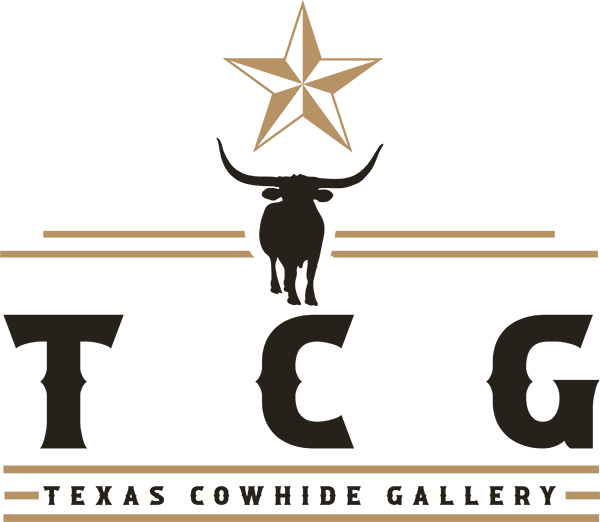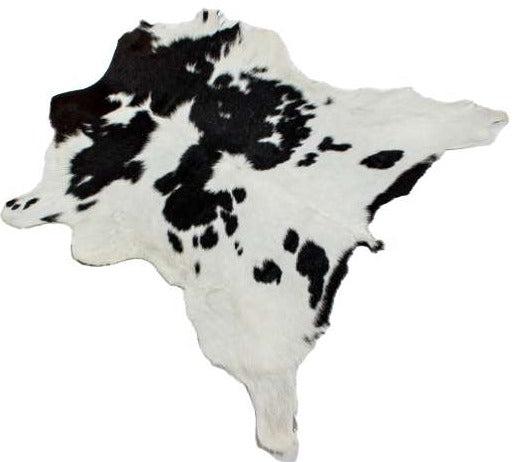The genuine cowhide industry is a remarkable facet of the larger leather goods sector. Over the years, this industry has undergone significant changes, transforming from a traditional, functional resource into a vibrant and versatile market. Cowhide has been used for various purposes, from clothing to accessories, home decor, and furniture.
Here, we will delve into the fascinating journey of the cowhide industry, tracking its historical development and exploring the significant changes and advancements it has experienced.
Historical Roots of Cowhide
The historical roots of cowhide can be traced back to the dawn of human civilization. As early humans began to explore and understand the world around them, they quickly recognized the value of animal hides, including those from cattle. Cowhide, in particular, gained prominence for several essential reasons.
One of the primary attractions of cowhide was its durability. Early humans realized that cowhide was significantly tougher and more resistant to wear and tear compared to other materials. This property made it an ideal choice for crafting various items that required strength and longevity.
Cowhide was also prized for its insulating properties. In ancient times, when humans were subjected to harsh and fluctuating weather conditions, such as cold winters, cowhide garments provided much-needed warmth and protection. This attribute was crucial for survival in challenging environments.
The use of cowhide was not limited to clothing alone. It was also employed for creating footwear, as its robust nature offered protection to the feet during long journeys and challenging terrains. Additionally, cowhide was used in the crafting of protective gear, as its resilience made it suitable for shields, armor, and other forms of defense.
The historical significance of cowhide extends across various cultures and societies. For example, Native American tribes used cowhide for crafting moccasins and clothing items. These early uses of cowhide were rooted in practicality, addressing the basic needs for clothing and protection in their specific environments.
As societies evolved and settled into more complex and diverse lifestyles, cowhide continued to play a crucial role. European settlers who migrated to the American frontier used cowhide to create sturdy clothing and functional items to cope with the rugged conditions of their new surroundings. This marked the beginning of cowhide's transformation from a practical necessity into a material valued for its versatility.
The Evolution of The Cowhide Industry
Over the years, the cowhide industry has undergone significant transformations in various processes, reflecting both technological advancements and shifts in consumer preferences. These changes have not only improved the efficiency of production but have also expanded the range of products available to consumers, including cowhide rugs, duffel bags, accessories, and more.
1. Tanning Processes
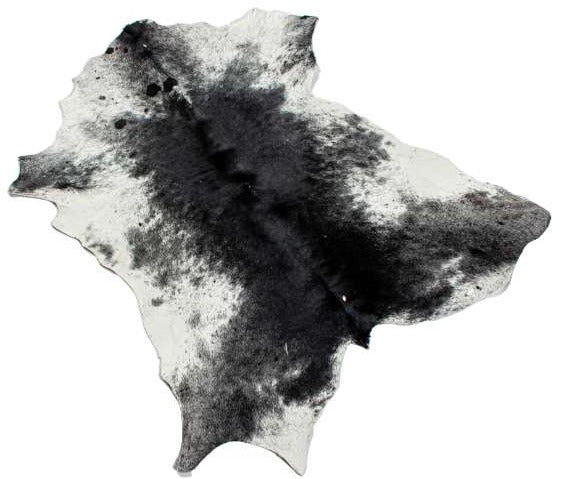
The tanning processes in the cowhide industry have undergone significant evolution over the years, reflecting a blend of traditional craftsmanship and technological advancements. These changes have not only improved the efficiency of production but have also enhanced the quality and versatility of cowhide for various applications.
Historically, tanning cowhide was a labor-intensive and time-consuming process. Traditional tanning methods included vegetable tanning, mineral tanning, and bark tanning, which relied on natural agents to transform raw animal hides into usable leather. These processes often took weeks, involved multiple steps, and were heavily reliant on skilled artisans. However, over time, several key developments have revolutionized tanning processes.
Chemical Tanning
One of the most significant changes in the tanning of cowhide was the introduction of chemical tanning methods. Chrome tanning, which involves the use of chromium salts, became widely adopted in the mid-19th century. It significantly reduced tanning times, making it possible to produce leather in a matter of days rather than weeks. This expedited production and allowed for more consistent results.
Vegetable Tanning
While chrome tanning gained prominence, vegetable tanning, although slower, remained an important process in the industry. It was favored for its eco-friendly characteristics and the ability to produce firmer, more rigid leather. The coexistence of both chemical and vegetable tanning methods provided the industry with options to cater to different needs.
Innovations in Tanning Equipment
Technological advancements brought innovations in tanning machinery, such as the development of drum machines that could efficiently agitate hides, ensuring even distribution of tanning agents. This resulted in more consistent and high-quality leather.
Environmental Concerns
In recent years, thegenuine cowhide industry has faced growing environmental concerns related to tanning processes. As a result, there has been a shift towards more sustainable and eco-friendly tanning practices. This includes the use of water-based tanning agents, reduction in chemical usage, and more efficient waste management systems.
Quality Control
Modern tanning processes are often complemented by rigorous quality control measures. Grading systems are implemented to select the finest hides and ensure a uniform and superior quality for the final products.
Specialized Tanning for Different Applications
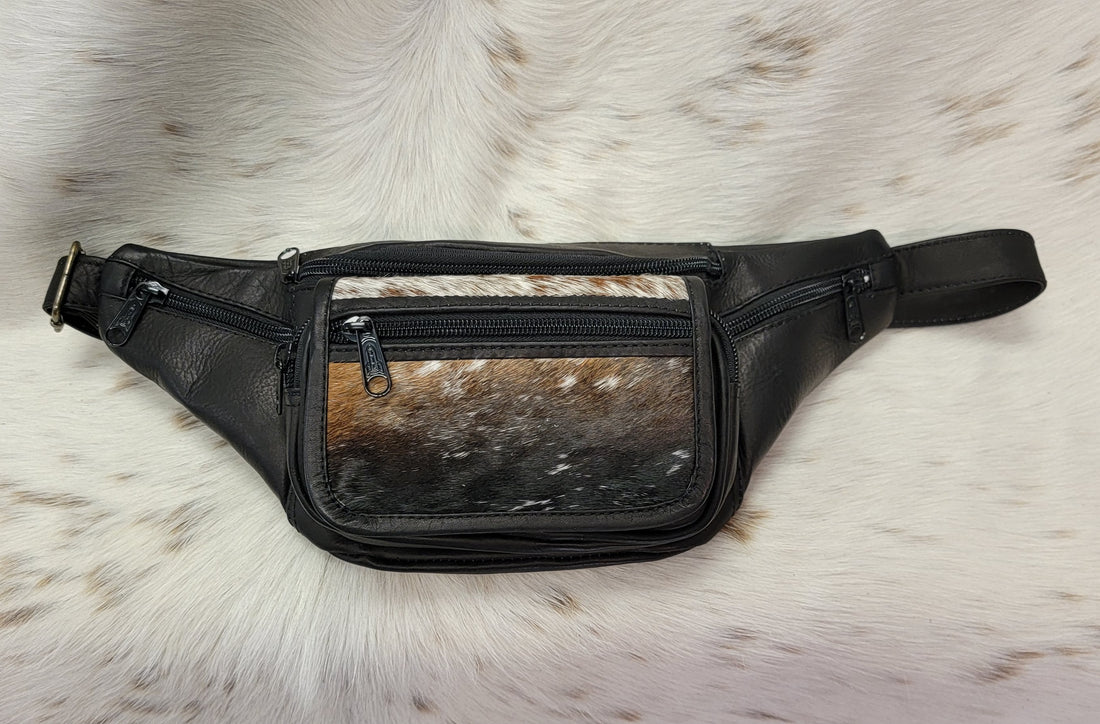
The cowhide industry has adapted tanning processes to cater to various applications. For example, tanning methods for cowhide used in fashion items differ from those used for furniture or cowhide rugs, as each requires specific characteristics and attributes.
2. Dyeing and Coloration
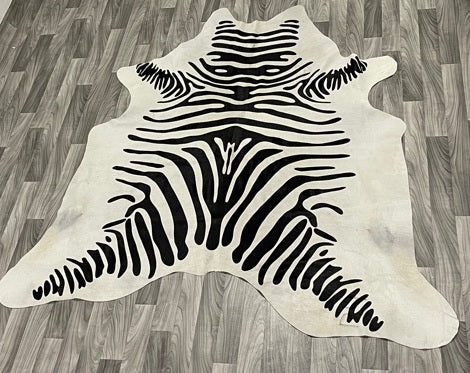
The dyeing and coloration processes in the genuine cowhide industry have undergone significant changes over the years, reflecting advancements in technology, innovation, and shifts in consumer preferences. These changes have not only expanded the aesthetic possibilities of cowhide but have also made it more versatile for various applications.
Natural Dyes
In the early days of the cowhide industry, natural dyes were primarily used. These dyes were derived from plants, insects, and minerals, and they provided a limited range of colors, predominantly earthy tones such as browns and blacks. The use of natural dyes was labor-intensive and often resulted in less vibranthues.
Synthetic Dyes
With the Industrial Revolution and the development of synthetic dyes in the mid-19th century, the cowhide industry saw a major transformation. Synthetic dyes offered a broader spectrum of colors, from vibrant reds and blues to pastels and even metallic shades. This innovation allowed for more creativity and personalization in the final products, transforming the process of creating cowhide duffel bags, backpacks, and other accessories.
Improved Colorfastness
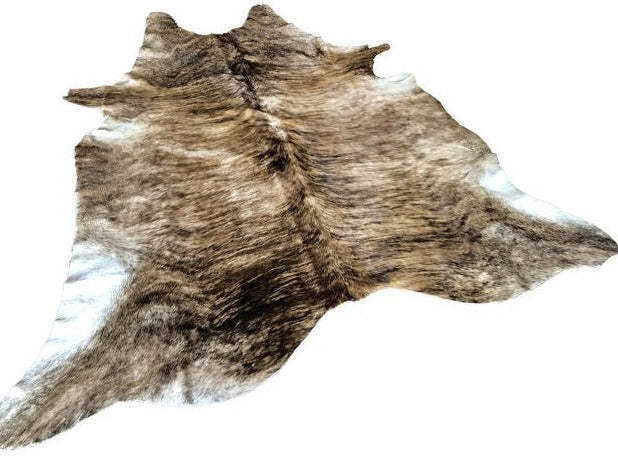
The evolution of synthetic dyes also brought about improvements in colorfastness, ensuring that the colors remained vibrant and resistant to fading over time. This was particularly important for products like cowhide rugs, furniture,and accessories that are exposed to sunlight and wear.
Dyeing Techniques
Traditional methods of dyeing cowhide were often manual and required considerable expertise. With the advancement of technology, modern dyeing processes have become more automated and precise, leading to consistent and even coloration. Techniques like spray dyeing and drum dyeing have streamlined the process.
Hand-Dyeing and Artistry
While automation has its advantages, there has been a resurgence in the appreciation for hand-dyeing and artisanal techniques. Hand-dyed products, such as cowhide rugs, bags, and accessories, have gained popularity for their unique, artistic, and often rustic appearance.
Customization and Personalization
The cowhide industry has recognized the importance of customization and personalization for consumers. Today, many manufacturers offer customizable options, allowing customers to choose specific colors and patterns for their cowhide products. This level of personalization has broadened the appeal of cowhide goods.
Eco-Friendly Dyeing
As environmental concerns have grown, there has been a shift towards more eco-friendly dyeing practices. Water-based and low-impact dyes are being used to minimize environmental impact, reduce water consumption, and limit the use of harmful chemicals.
3. Pattern and Design Cutting
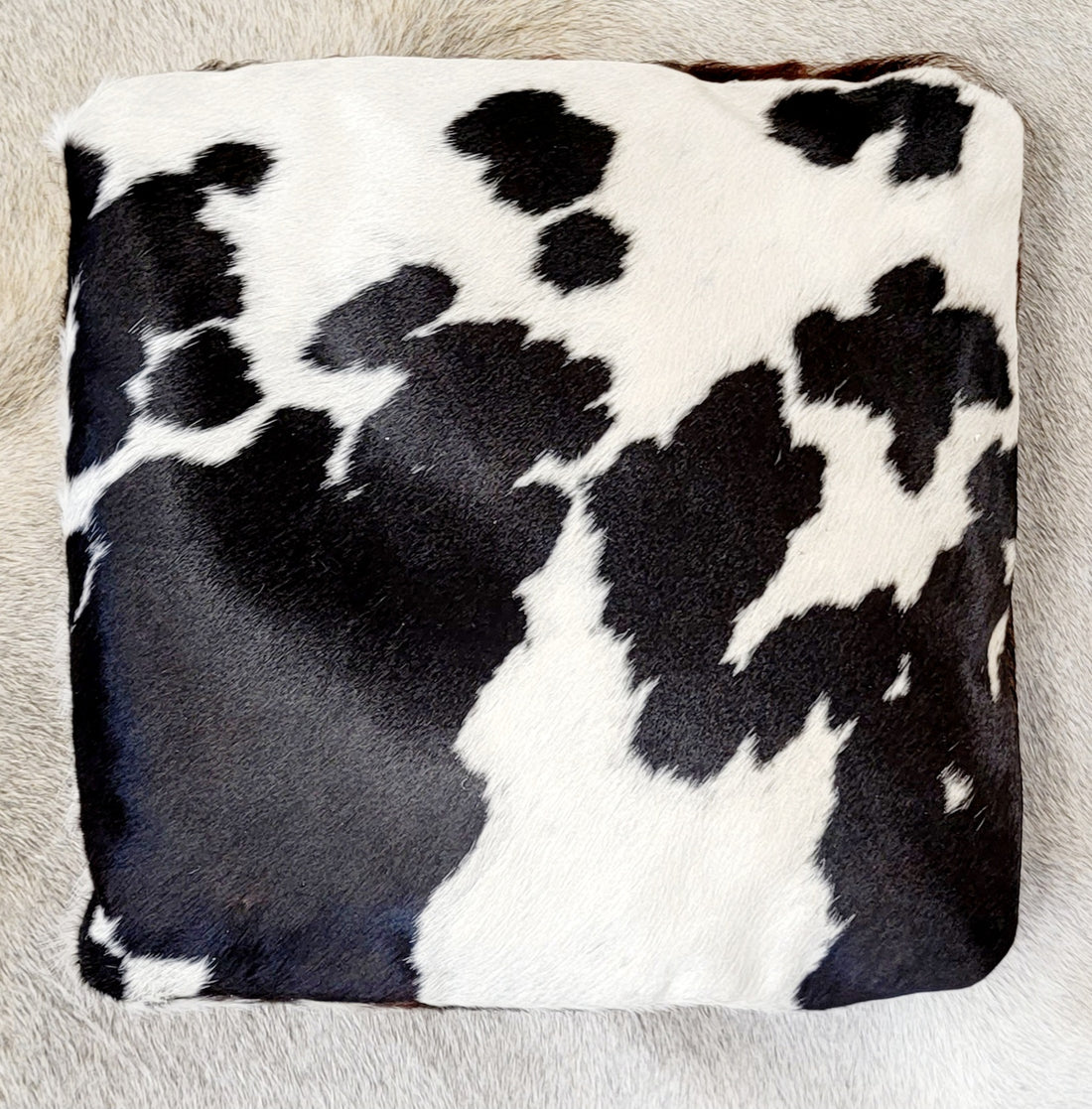
The pattern and design cutting processes in the cowhide industry have experienced significant evolution over the years, driven by technological advancements and changing consumer preferences. These changes have not only improved the precision and efficiency of cutting but have also expanded the creative possibilities for genuine cowhide products.
Historically, pattern and design cutting in the cowhide industry were predominantly manual and labor-intensive processes. Skilled artisans hand-cut patterns and designs, resulting in a more limited scope for intricate and complex shapes.
Computer-Aided Design (CAD)
One of the most significant developments in pattern and design cutting is the adoption of CAD software. CAD technology has allowed designers to create intricate and highly detailed patterns with precision. Designers can now experiment with a wide range of shapes, sizes, and arrangements, giving rise to innovative and artistic genuine cowhide products.
Laser Cutting Technology
The introduction of laser cutting technology has revolutionized the cutting process. Laser cutters provide unparalleled precision and speed, enabling the creation of intricate, complex, and delicate patterns with minimal material wastage. This technology is especially beneficial in achieving fine details and sharp lines in genuine cowhide products.
Customization and Personalization
Modern consumers value unique and personalized items. The cowhide industry has adapted by offering customization options in pattern and design cutting. Customers can choose specific patterns, sizes, and arrangements to create cowhide products that reflect their individual tastes and preferences.
Innovation in Geometric and Abstract Designs
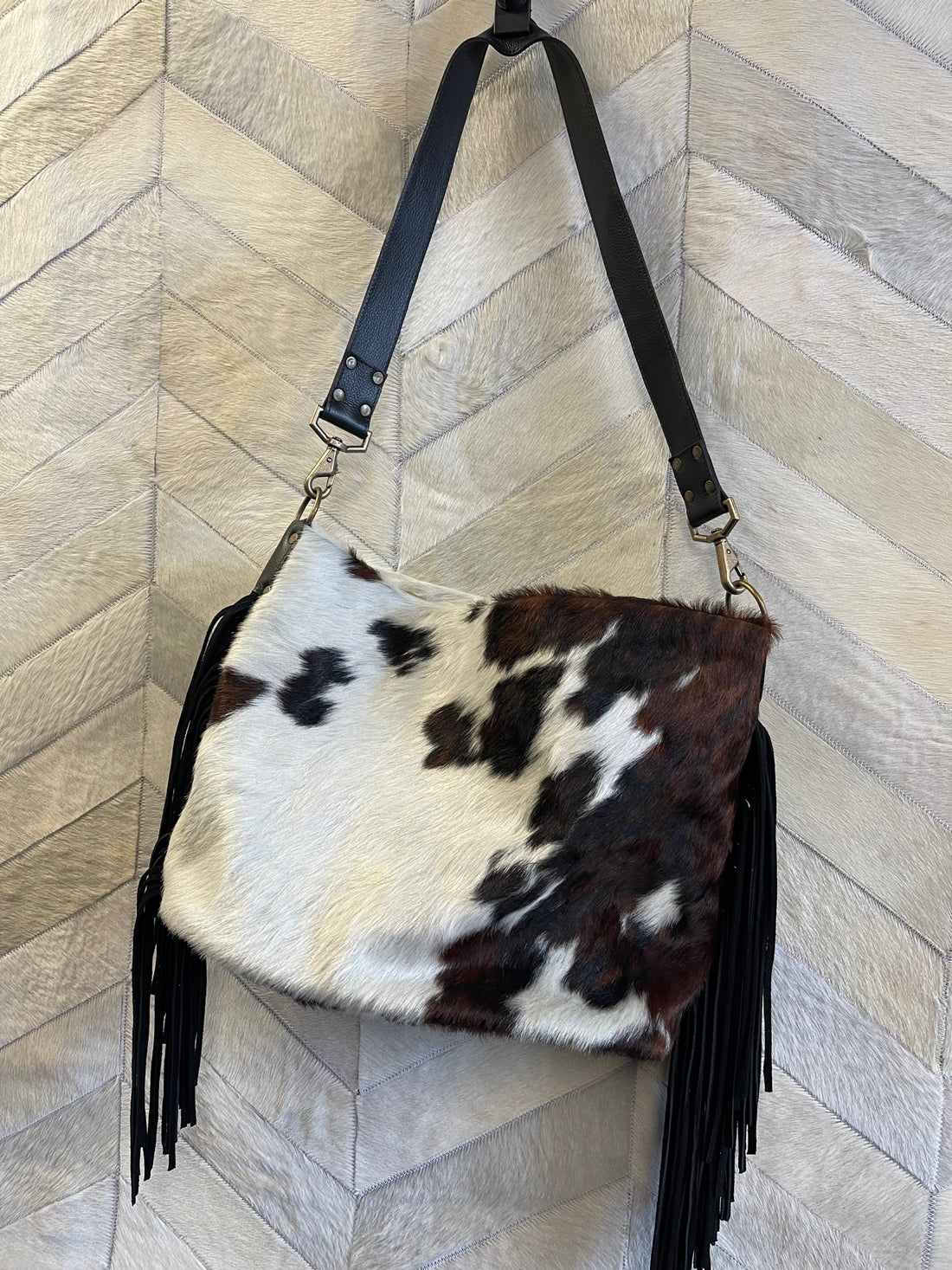
The precision of modern cutting technology has given rise to geometric and abstract designs in cowhide products. These designs, often characterized by intricate shapes and patterns, have gained popularity in various applications, including cowhide rugsand home decor items.
Artistic and Artisanal Approaches
While technology plays a significant role, there has been a renewed appreciation for artistic and artisanal approaches to pattern and design cutting. Hand-cut, irregular, and rustic designs have garnered attention for their unique, one-of-a-kind appearance.
Efficiency and Reduced Waste
Modern cutting processes are not only more precise but also more efficient. Laser cutting, for example, reduces material waste by optimizing the placement of patterns on cowhide, ensuring minimal unused portions. This not only saves resources but also reduces costs.
Complex and Multilayered Designs
Advanced cutting technology has enabled the creation of complex, multilayered designs. This is particularly evident in genuine cowhide products like accessories and upholstery, where layering patterns and designs add depth and visual interest.
4. Quality Control 
Quality control processes in the cowhide industry have evolved significantly over the years, reflecting a commitment to improving the consistency and standards of genuine cowhide products. These changes have been driven by advancements in technology, increased consumer demands for higher quality, and the industry's adaptation to global markets. Here's a look at how quality control processes in the cowhide industry have changed over time:
Manual Inspection
In the early stages of the cowhide industry, quality control relied heavily on manual inspection. Skilled artisans visually and tactually examined each hide to identify imperfections, such as scars, blemishes, and irregularities in the texture. While effective, this method was labor-intensive and subject to human error.
Grading Systems
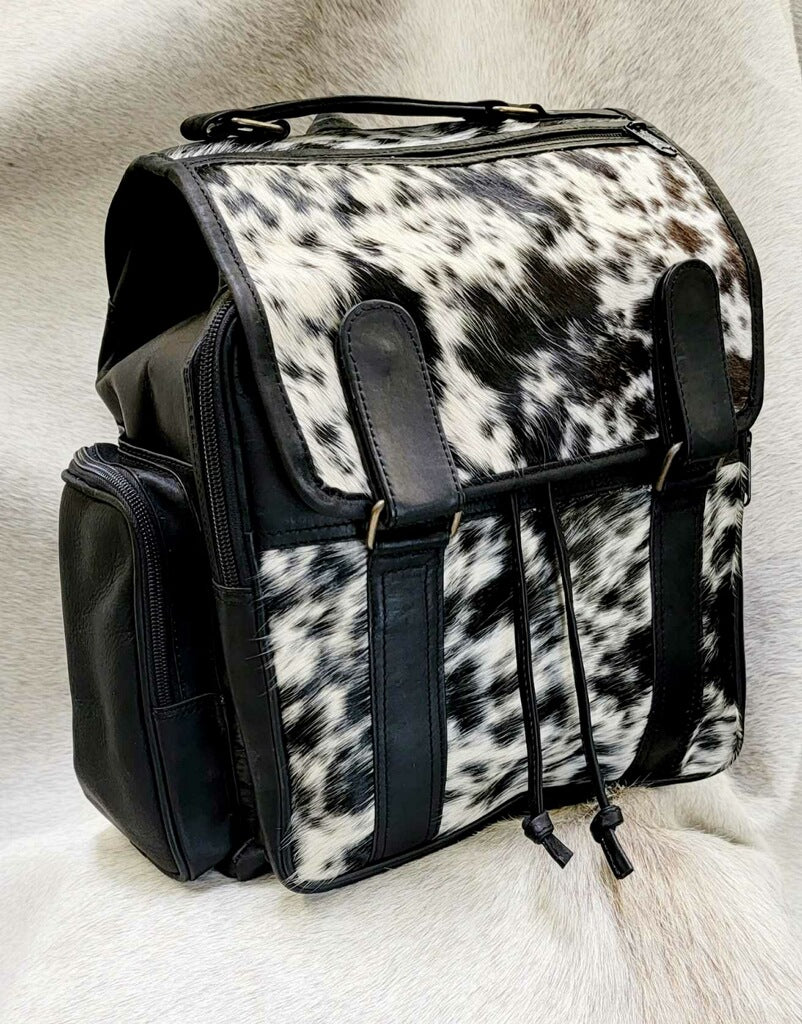
The development of standardized grading systems has been a pivotal change in quality control. Grading systems categorize hides based on their quality and characteristics, allowing for a better selection of hides for specific products. This ensures that only the finest cowhide is used for high-end applications.
Technological Inspection Tools
Modern quality control processes incorporate various technological tools to aid inspection. Devices such as cameras, scanners, and optical sensors can detect and record flaws in cowhide with high precision, reducing the subjectivity of human inspection.
Efficiency through Automation
Automation has streamlined quality control processes, improving efficiency and consistency. Automated conveyor systems can move hides past inspection stations, where automated scanners identify and mark imperfections for further evaluation.
Data Analysis
Quality control processes have embraced data analysis and statistical methods. This allows for a deeper understanding of the factors that impact cowhide quality and helps in identifying trends and patterns in the production process that may lead to defects.
Remote Inspection
In a globalized market, remote inspection has become increasingly important. Suppliers and manufacturers can now share digital images and data with international clients, allowing for virtual quality control assessments.
Sustainability Considerations
Quality control processes have also adapted to meet sustainability goals. There is a growing emphasis on reducing waste and minimizing environmental impact. Technology is used to identify opportunities for waste reduction and to ensure eco-friendly practices.
Traceability
Modern quality control processes often include systems for traceability. Through barcoding and other tracking methods, the history and origin of each cowhide can be documented, enhancing transparency and accountability in the supply chain.
Continuous Improvement
Quality control is no longer a static process. Continuous improvement initiatives, informed by data and feedback, are used to refine the quality control processes and enhance the quality of genuine cowhide products over time.
Final Thoughts
The genuine cowhide industry has come a long way from its humble beginnings. From serving primarily utilitarian purposes, it has transformed into a thriving market for luxury, style, and individuality. Whether it's cowhide rugs, duffel bags, furniture, home decor, pillows, or accessories, this industry's journey showcases the adaptability and innovation of human craftsmanship.
If you too desire to invest in quality genuine cowhide products, feel free to reach out to us at Texas Cowhide Gallery.
With a team of dedicated professionals who have over two decades of experience in the field, we aim to develop ethically sourced and unique cowhide products. Contact us today to learn more about what we have to offer.
